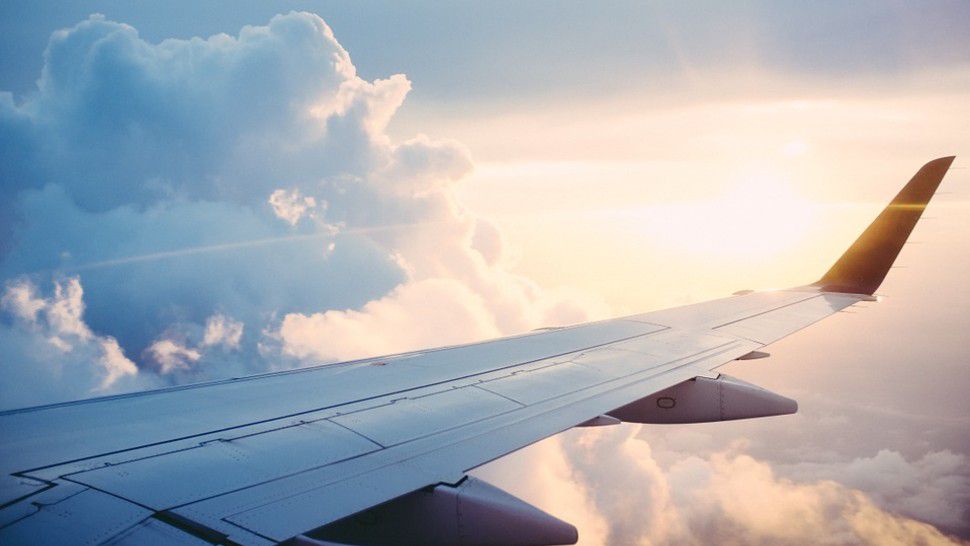August 19 is National Aviation Day, which was founded in 1939 on Orville Wright’s birthday.
You might recognize the name, as he is one of the Wright Brothers, who were best known for their legendary breakthroughs in aviation. Wright made that historical first flight back in 1903.
The initial flight lasted for just 12 seconds and covered all of 120 feet. After a couple more attempts, they managed a flight that lasted 59 seconds over a distance of 852 feet.
When the Wright Brothers were looking to conduct their flight experiments, they needed consultations on the weather forecast. They chose to go to the mid-Atlantic coast, due to its regularly breezy conditions and soft, sandy landing surfaces.
They decided to conduct their experiments at the Kitty Hawk Lifesaving Station in North Carolina. Kitty Hawk was established for the purpose of maintaining the telegraph line that went between Cape Henry, Virginia and Cape Hatteras, where a weather reporting station was based. The Wright Brothers got their forecasts from the weather bureau at Kitty Hawk.
Fast forward to the present day, where we have the Aviation Weather Center through the National Weather Service, which is located in Kansas City. The AWC provided graphical forecasts for both commercial and private flights.
Their forecasts cover the middle of the Pacific and Atlantic Oceans, and all of North America.
"Weather affects almost every aspect of decision making you can make as a pilot," said Tampa-based Spectrum News meteorologist Nick Merianos, who is also a private pilot. "Every pilot needs to undergo a weather briefing before a flight to make sure the weather conditions are within the limitations of that aircraft. It's really cool to see how far things have come since the beginning of flight."
We also have local NWS Center Weather Service Units staffed with National Aviation Meteorologists. These local weather forecast offices provide what are called Terminal Aerodrome Forecasts, or TAFs, which aid in decision-making by pilots and air traffic controllers.
Today is a reflection on the amazing breakthroughs we’ve seen in aviation and the luxury we have to travel by air. Aviation forecasts can be found at aviationweather.gov.




